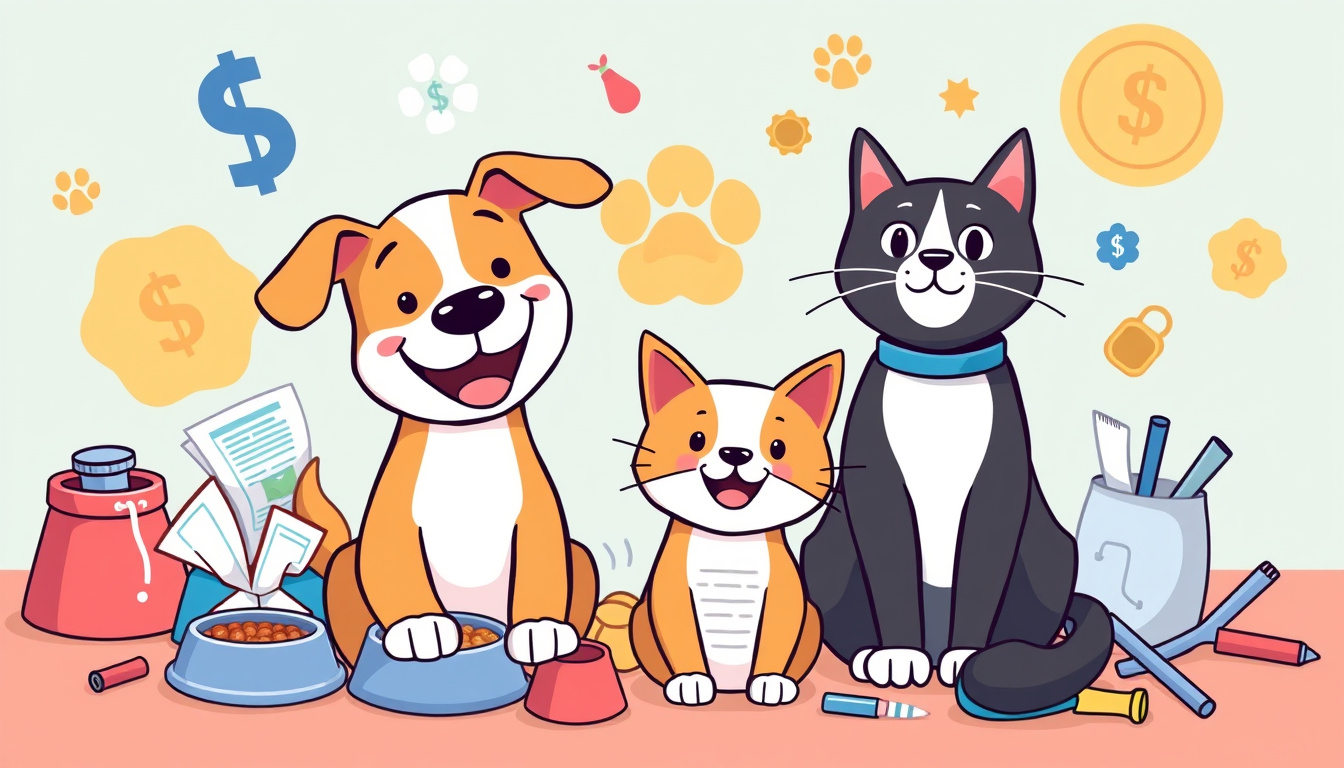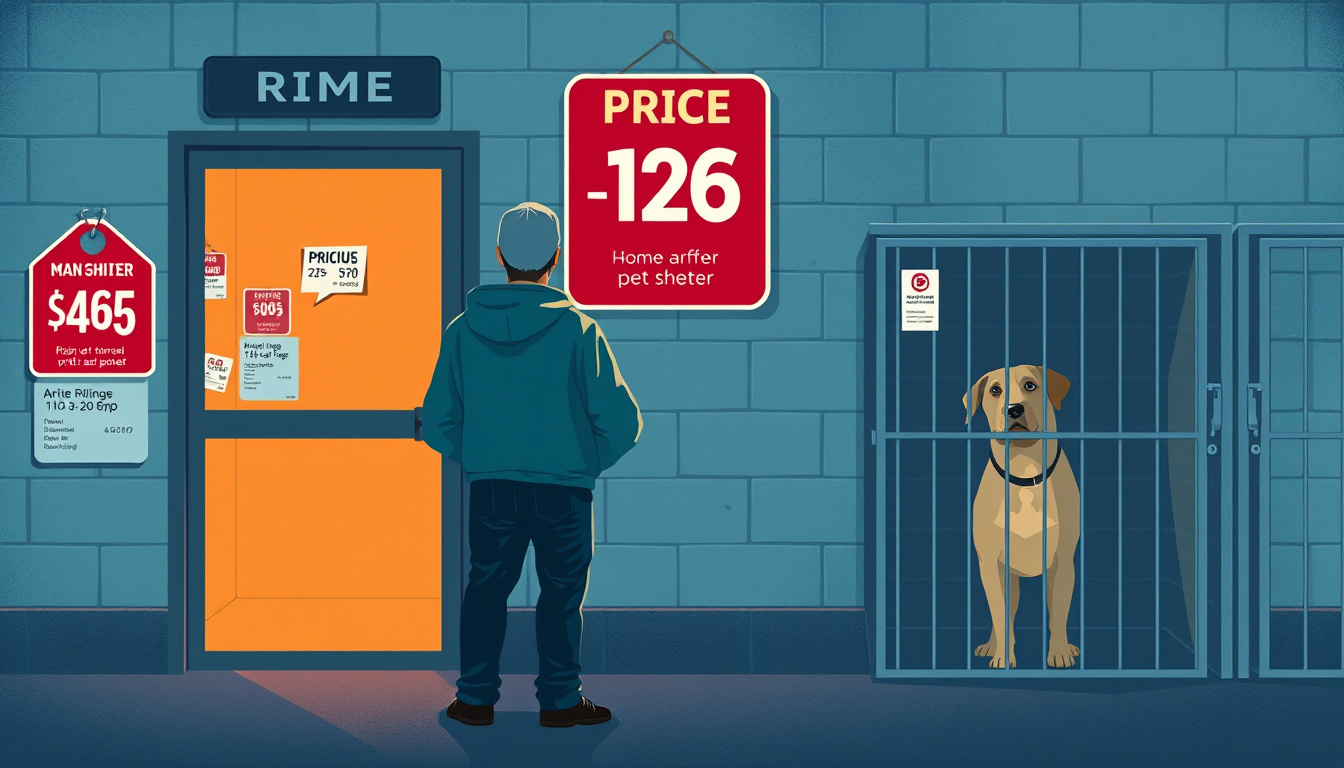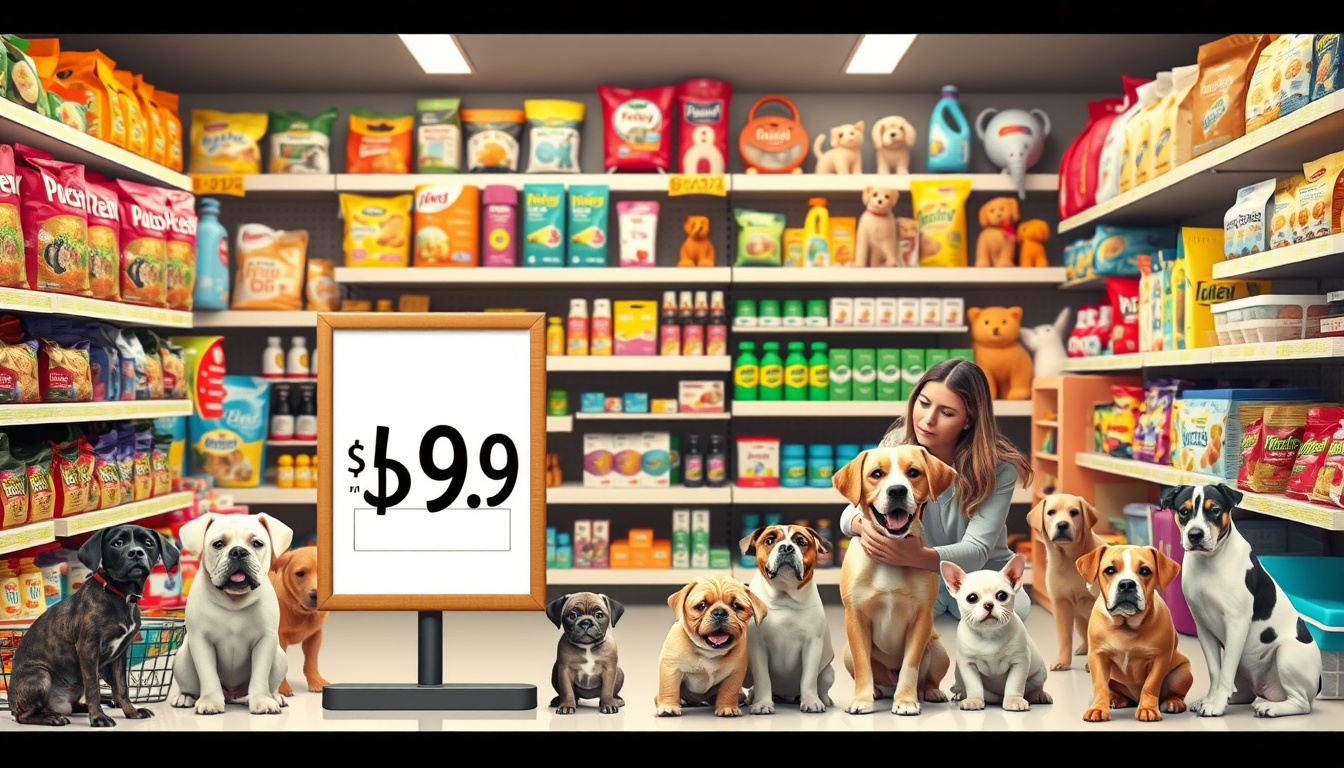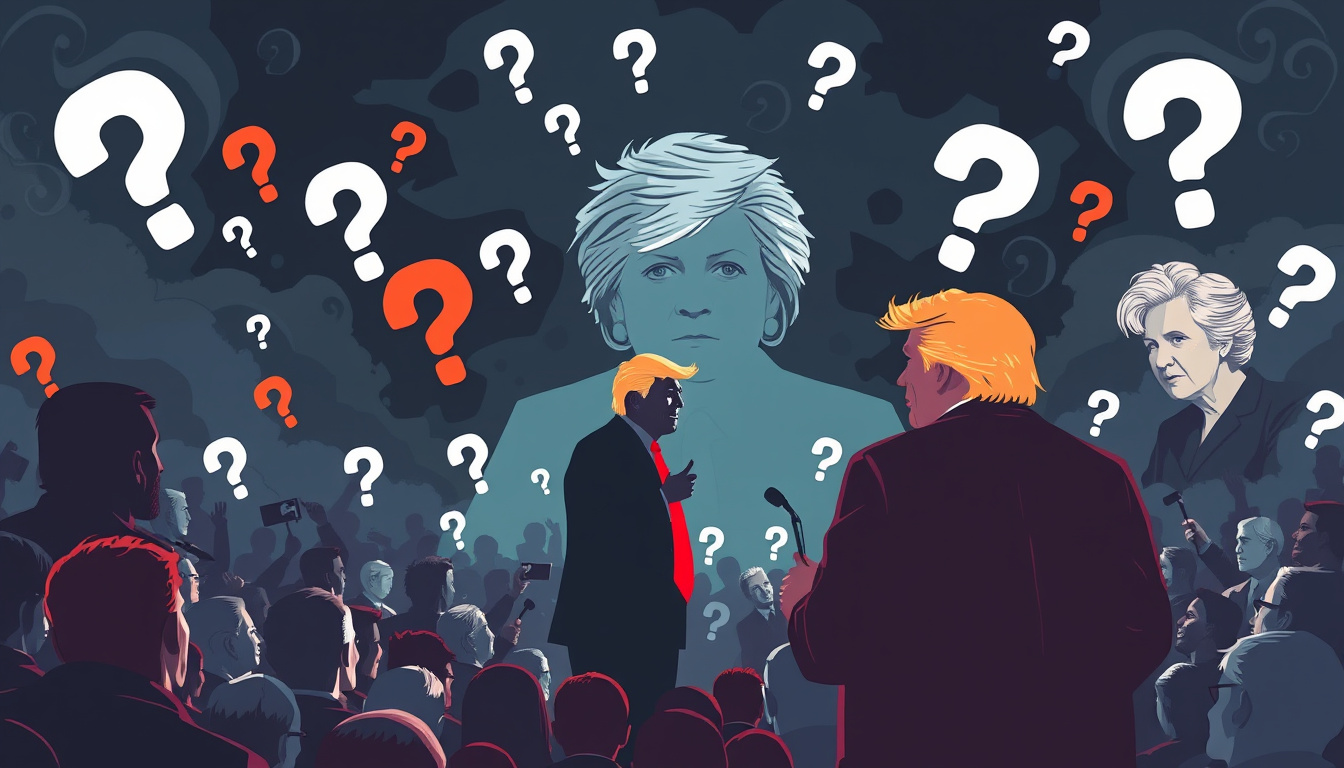
Rover Releases 2025 Report on the True Cost of Pet Parenthood
SEATTLE, March 18, 2025 – Rover has released its sixth annual report on the True Cost of Pet Parenthood. The report shows pet care costs in clear detail. Rover, the world’s largest online pet care marketplace, makes these findings easy to understand.
Rising Costs Amid Inflation Concerns
Pet care costs rise year by year. The report shows that dog expenses may grow by 7%; cat costs may rise by 10%. A 10-year-old dog may need around $34,550 in care over its life. A 16-year-old cat may require about $32,170. Breed, size, health, and lifespan play roles in these differences. In general, cats live longer than dogs. This fact can lower their weekly care costs.
Inflation and new tariffs push prices up. Veterinary fees may go up by 11%. Pet cleaning supplies may cost 183% more. Grooming supplies may grow by 20%. Treats and chews may rise by 85%. The report shows that 28% of pet parents worry about paying for essentials. Moreover, 52% fear tariffs may worsen their costs.
Adoption Costs More Accessible
The report shows that adopting a pet costs less now. This year, getting a dog may cost between $1,150 and $4,420. Adopting a cat costs between $750 and $2,715. Adoption costs for dogs dropped by 19%. For cats, the decrease was 16% compared to 2024. Dr. Rebecca Greenstein from the Kleinburg Veterinary Hospital brings more light to these facts. She said, “Even though pet care can be expensive, pet parents stick by their pets. A budget, financial prep, and preventive care help manage costs.”
Key Findings from the Report
Rover surveyed 1,000 U.S. pet parents to learn more. Here are the key points:
-
Pet Acquisition Trends:
20% of pet parents adopted a pet in 2024. Another 33% plan to add a pet soon. -
Budgeting and Spending:
A large number (69%) said pet food and treats take a big share of their budget. 33% had to cut costs in other areas like groceries and fun. -
Tax and Estate Planning:
21% have named their pets in legal plans. 40% plan to do so. 44% wish for more tax breaks for pet care.
Financial Planning and Pet Insurance
Pet owners look at many options to manage costs. About 30% set aside a fixed pet care budget. Others save with subscription services for toys and treats. 34% believe pet insurance helps cover vet expenses.
City Living: Affordability Variations
The report shows pet care costs differ by city. Parsons, KS, and Lawton, OK, are the most affordable. Manhattan, NY, and San Francisco, CA, are among the least affordable. Pet parents can view the full list on Rover’s website.
About Rover
Rover started in 2011. It connects pet parents with pet care providers. These services include boarding, walking, and training. For more details, visit www.rover.com.
For media inquiries or more information, please contact:
Kristin Sandberg
Email: pr@rover.com
Phone: 360-510-6365
A photo captioned “Rover's True Cost of Pet Parenthood Report” is available at this link.
contact mindful ai media creations here: mindfulaimedia@gmail.com






